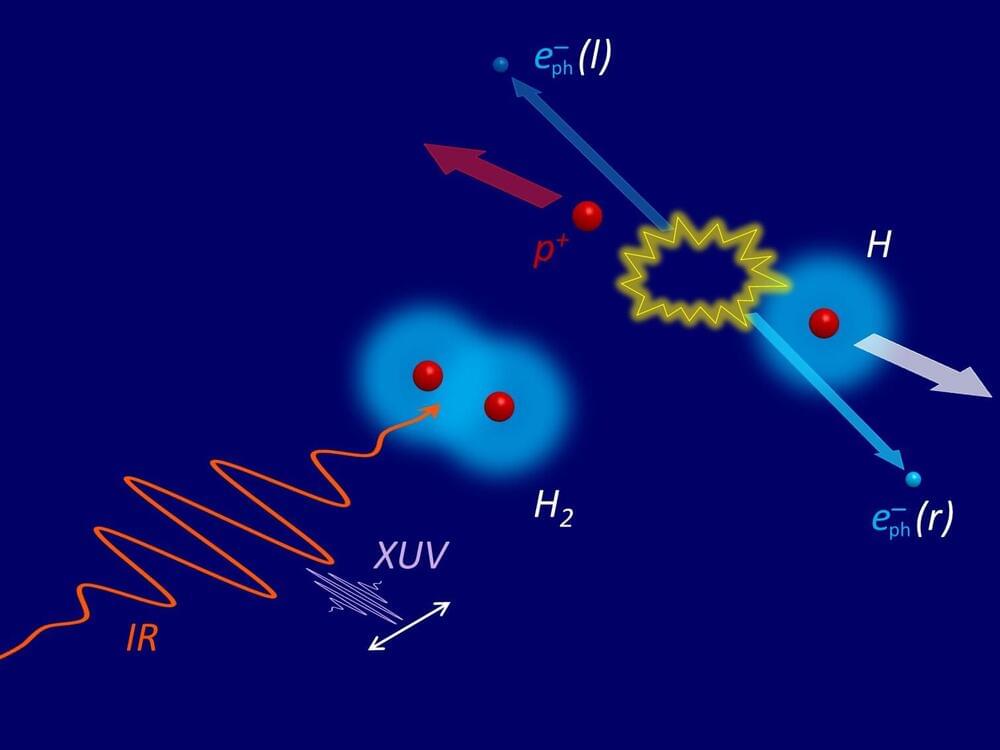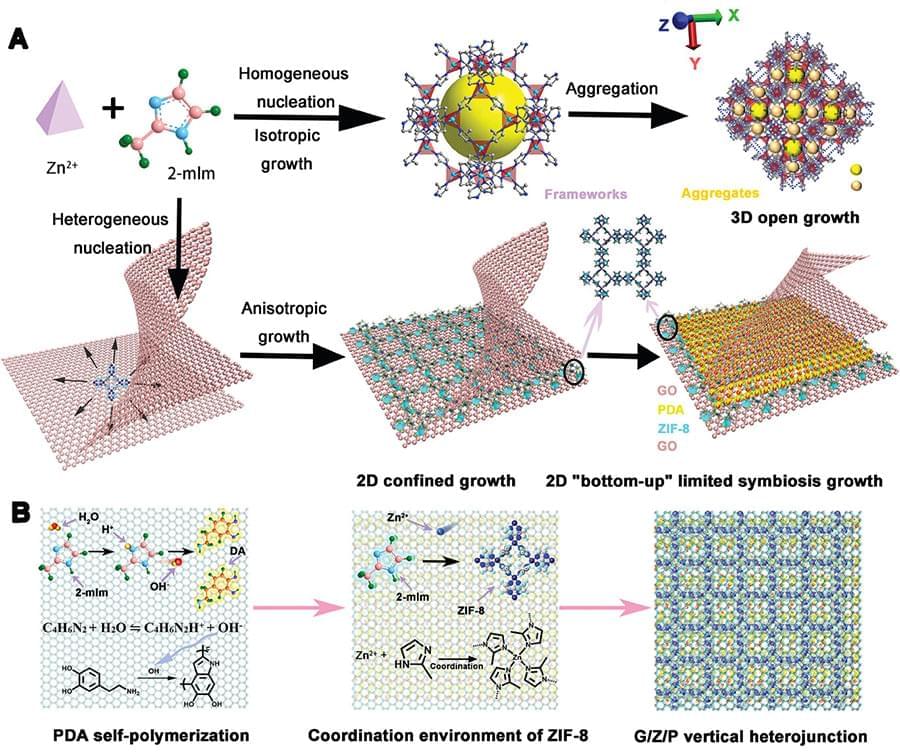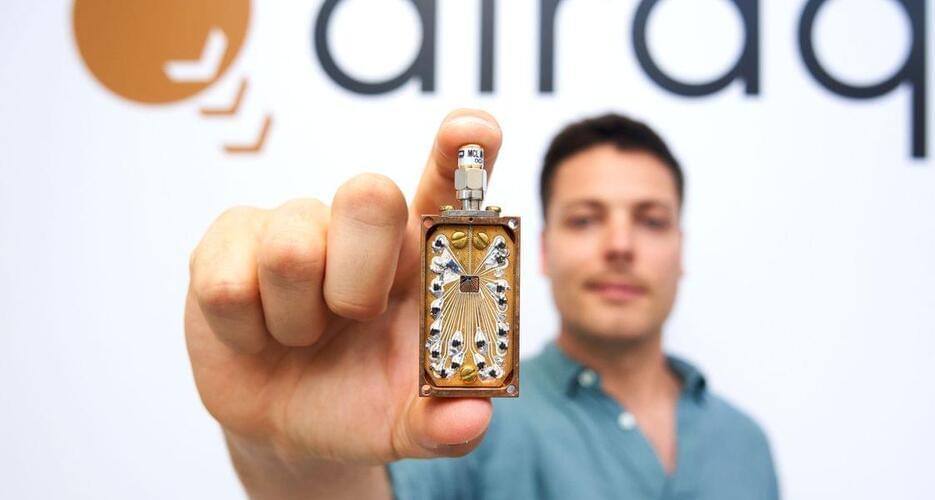Researchers at the Max Planck Institute for Nuclear Physics in Heidelberg have succeeded in selectively manipulating the motion of the electron pair in the hydrogen molecule.


The following declassified nuclear test footage has been enhanced using AI with techniques such as slow motion, frame interpolation, upscaling, and colorization. This helps improve the clarity and visual quality of the original recordings, which were often degraded or limited by the technology of the time. Experiencing these shots with enhanced detail brings the devastating power of atomic weapons into focus and offers a clearer perspective on their catastrophic potential and impact.
Music generated with Suno AI.
Instagram: / hashem.alghaili \r.
Facebook: / sciencenaturepage.

ChatGPT maker OpenAI is rumored to be imminently releasing a brand-new AI model, internally dubbed “Strawberry,” that has a “human-like” ability to reason.
As Bloomberg reports, a person familiar with the project says it could be released as soon as this week.
We’ve seen rumors surrounding an OpenAI model capable of reasoning swirl for many months now. In November, Reuters and The Information reported that the company was working on a shadowy project called Q — pronounced Q-Star — which was alleged to represent a breakthrough in OpenAI’s efforts to realize artificial general intelligence, the theoretical point at which an AI could outperform a human.

👉 Head to https://brilliant.org/spacetime/ for a 30-day free trial + 20% off your annual subscription.
Sign Up on Patreon to get access to the Space Time Discord!
/ pbsspacetime.
If we discover how to connect quantum mechanics with general relativity we’ll pretty much win physics. There are multiple theories that claim to do this, but it’s notoriously difficult to test them. They seem to require absurd experiments like a particle collider the size of a galaxy. Or we could try to physics smarter, instead of physicsing harder. Let’s talk about some ideas for quantum gravity experiments that can be done on a non-galaxy-sized lab bench, and in some cases already have been done.
PBS Member Stations rely on viewers like you. To support your local station, go to: http://to.pbs.org/DonateSPACE
Check out the Space Time Merch Store.
https://www.pbsspacetime.com/shop.
What if everything we know about time is merely an illusion? Could find a way out of it, by breaking the construct of how the universe progresses? And so, would it be possible to break the natural flow of time?
If you’d like to see more of this kind of video, consider supporting our work by becoming a member today!
Follow us on Instagram: / beeyond.ideas.
Visualization of the Gödel universe.
https://iopscience.iop.org/article/10…
Miguel Alcubierre TEDx talk (in Spanish)
• VIAJAR A UNA ESTRELLA LEJANA Y REGRES…
Table of content:
Enjoy the videos and music you love, upload original content, and share it all with friends, family, and the world on YouTube.

The world’s first commercial space walk, performed by billionaire Jared Isaacman and SpaceX engineer Sarah Gillis, tested new technology and was practically flawless.
By Lee Billings

Elon Musk is not smiling: Oracle and Elon Musk’s AI startup xAI recently ended talks on a potential $10 billion cloud computing deal, with xAI opting to build its own data center in Memphis, Tennessee.
At the time, Musk emphasised the need for speed and control over its own infrastructure. “Our fundamental competitiveness depends on being faster than any other AI company. This is the only way to catch up,” he added.
XAI is constructing its own AI data center with 100,000 NVIDIA chips. It claimed that it will be the world’s most powerful AI training cluster, marking a significant shift in strategy from cloud reliance to full infrastructure ownership.
